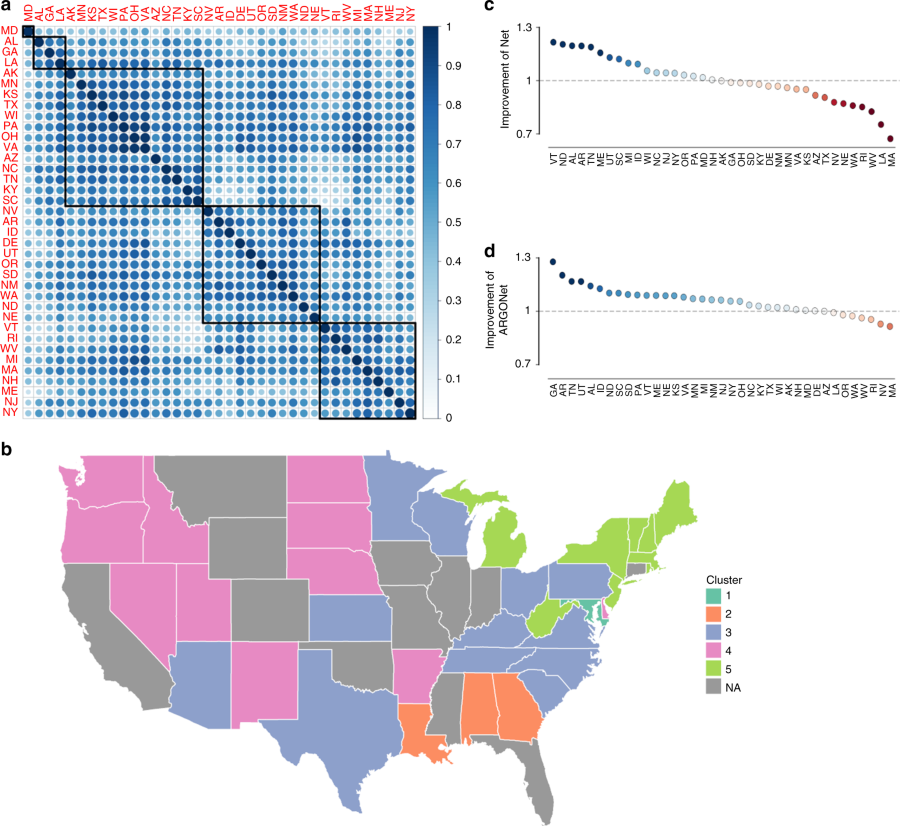
Influenza is highly contagious and easily spreads as people move about and travel, making tracking and forecasting flu activity a challenge. While the CDC continuously monitors patient visits for flu-like illness in the U.S., this information can lag up to two weeks behind real time. A new study, led by the Computational Health Informatics Program (CHIP) at Boston Children’s Hospital, combines two forecasting methods with machine learning (artificial intelligence) to estimate local flu activity. Results are published in Nature Communications.
When the approach, called ARGONet, was applied to flu seasons from September 2014 to May 2017, it made more accurate predictions than the team’s earlier high-performing forecasting approach, ARGO, in more than 75 percent of the states studied. This suggests that ARGONet produces the most accurate estimates of influenza activity available to date, a week ahead of traditional healthcare-based reports, at the state level across the U.S.
“Timely and reliable methodologies for tracking influenza activity across locations can help public health officials mitigate epidemic outbreaks and may improve communication with the public to raise awareness of potential risks,” says Mauricio Santillana, PhD, a CHIP faculty member and the paper’ senior author.
Learning about localized flu patterns
The ARGONet approach uses machine learning and two robust flu detection models. The first model, ARGO (AutoRegression with General Online information), leverages information from electronic health records, flu-related Google searches and historical flu activity in a given location. In the study, ARGO alone outperformed Google Flu Trends, the previous forecasting system that operated from 2008 to 2015.
To improve accuracy, ARGONet adds a second model, which draws on spatial-temporal patterns of flu spread in neighboring areas. “It exploits the fact that the presence of flu in nearby locations may increase the risk of experiencing a disease outbreak at a given location,” explains Santillana, who is also an assistant professor at Harvard Medical School.
The machine learning system was “trained” by feeding it flu predictions from both models as well as actual flu data, helping to reduce errors in the predictions. “The system continuously evaluates the predictive power of each independent method and recalibrates how this information should be used to produce improved flu estimates,” says Santillana.
Precision public health
The investigators believe their approach will set a foundation for “precision public health” in infectious diseases.
“We think our models will become more accurate over time as more online search volumes are collected and as more healthcare providers incorporate cloud-based electronic health records,” says Fred Lu, a CHIP investigator and first author on the paper.
